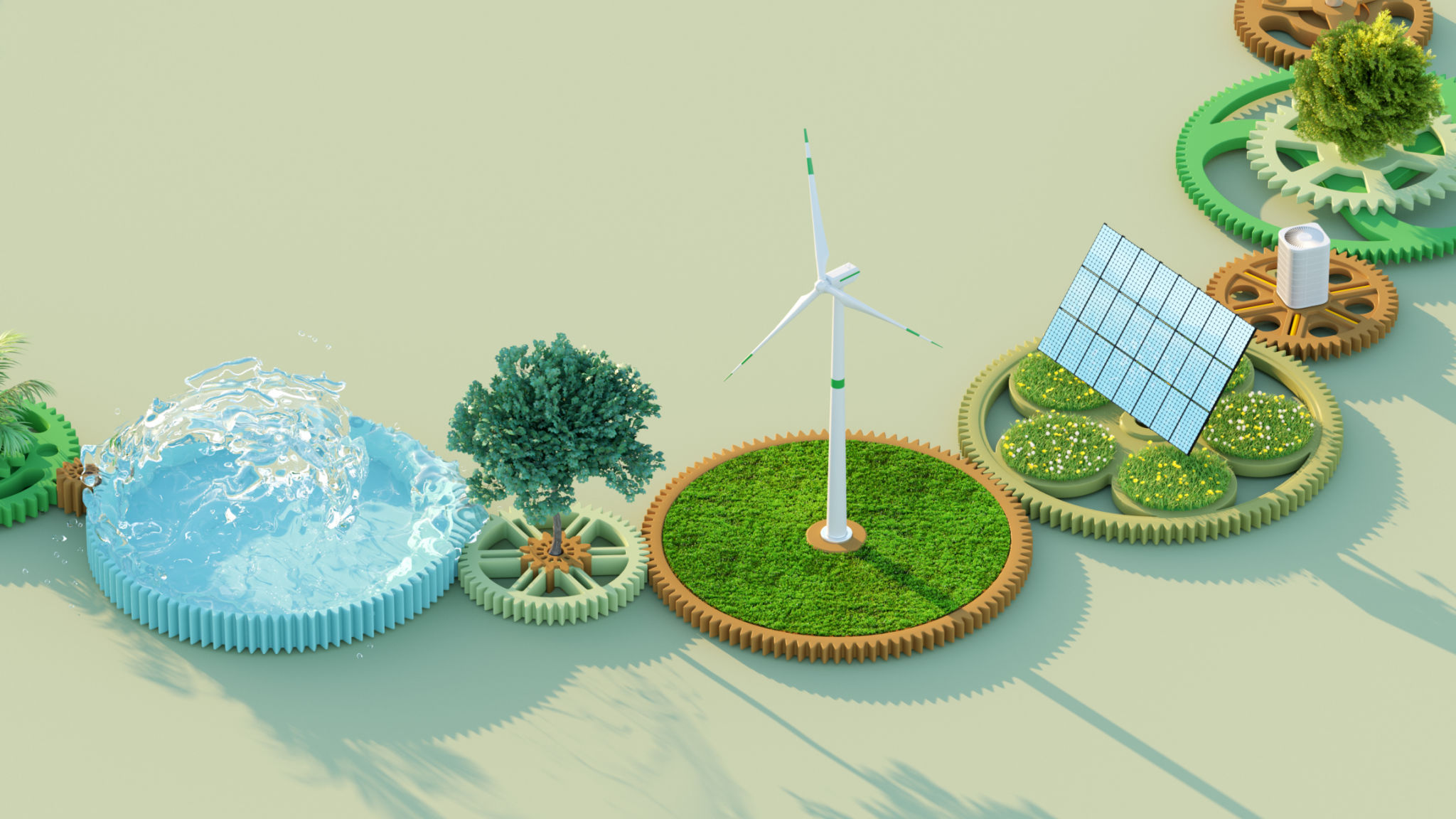How Virtual Power Plants are Transforming Energy Consumption in South Australia
Understanding Virtual Power Plants
Virtual Power Plants (VPPs) are a revolutionary development in the energy sector, bringing about significant changes in how electricity is generated, stored, and consumed. In South Australia, where renewable energy sources are plentiful, VPPs are playing a vital role in optimizing energy consumption and ensuring a reliable supply. By integrating various small-scale energy resources, such as solar panels and battery storage systems, VPPs create a synchronized network that can operate as a single power plant.

The Rise of Renewable Energy in South Australia
South Australia has been at the forefront of adopting renewable energy solutions. With abundant sunlight and wind resources, the state has made significant strides in reducing its carbon footprint. This shift towards greener energy has paved the way for the implementation of Virtual Power Plants, which harness distributed energy resources to meet rising electricity demands efficiently.
One of the most significant benefits of VPPs is their ability to balance demand and supply in real-time. By utilizing advanced algorithms and machine learning techniques, these systems can predict energy consumption patterns and adjust generation accordingly, ensuring that electricity is available when needed most.
Advantages of Virtual Power Plants
Virtual Power Plants offer numerous advantages over traditional power generation methods:
- Energy Efficiency: By aggregating multiple energy sources, VPPs can optimize energy usage and reduce waste.
- Cost Savings: Consumers can benefit from lower electricity bills as VPPs enable more efficient energy distribution.
- Environmental Impact: With a focus on renewable resources, VPPs contribute to reducing greenhouse gas emissions.

Impact on Consumers and the Grid
The implementation of Virtual Power Plants is transforming how consumers interact with the energy grid. Homeowners with solar panels and battery storage systems can now participate in these networks, allowing them to sell excess energy back to the grid. This not only generates income for households but also supports grid stability by providing additional power during peak demand periods.
Furthermore, VPPs enhance grid resilience by providing backup power in case of outages. By distributing energy generation across numerous small-scale units, the risk of large-scale power failures is minimized, ensuring a more reliable and secure energy supply for all consumers.
Challenges and Opportunities
While the benefits of Virtual Power Plants are clear, there are challenges to overcome. Integration and coordination among various distributed energy resources require sophisticated technology and infrastructure. Additionally, regulatory frameworks need to adapt to accommodate these new systems.

Despite these challenges, the opportunities presented by VPPs are immense. As technology continues to advance, South Australia is poised to lead the way in demonstrating how Virtual Power Plants can revolutionize energy consumption on a larger scale.
The Future of Energy in South Australia
The future of energy consumption in South Australia looks promising with the continued development and expansion of Virtual Power Plants. As more consumers and businesses adopt renewable energy solutions and participate in VPP networks, the state will move closer to achieving its sustainability goals.
In conclusion, Virtual Power Plants are not just an innovative concept; they are a practical solution for modern energy challenges. By transforming how electricity is generated and consumed, they are paving the way for a more sustainable and efficient energy future in South Australia.